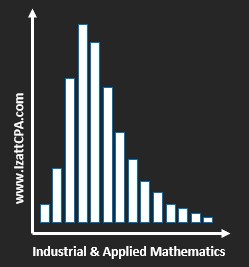Fusion research requires best-in-class photonics. Laser amplification is a tricky business. It requires unerring accuracy and precision orders of magnitude finer than that of a Swiss watch over an experiment larger than professional sports venue. The basic idea is to differentially step up the energy of the photon pulses much like differential pumps step down atmospheric pressure in a high-vacuum experiment.
There are several mechanisms, but two of the most robust are flash-lamp pumped and electron-initiated laser amplifiers. Each is sporting in its own way and requires focused and inspired excellence from physicists; physical chemists; electrical, chemical, and mechanical engineers; and all the trades.
Remember, the highest compliment that you can pay a physicist is to mistake him for the plumber, and for good reason. Masons are especially important in fusion research since there are accelerating and decelerating particles and hence X-Rays throughout these experiments. I have always been partial to the Millwrights, who can transport the heaviest, most delicate apparatus over the most difficult path, and install it to a fraction of a millimeter of precision anywhere anytime. I always had a man crush on the tool and die makers. Anyone who can machine Teflon has my respect. Any young person who enjoys science but wishes to take up the trades will find ample opportunity in fusion research.
But I digress.
Flash-lamp pumping is a simple exercise in conic sections, at least if you have a journeyman optics technician on staff. All middle-school students in analytic geometry know that the foci of an ellipse are optically coupled using the trace of the ellipse as a mirror. A rod of Neodynium-doped Yttrium Aluminum glass is placed at one focus, and a long powerful flashlamp at the other. Seed photons are optically channeled to the glass as the flash lamps electronically excite the Nd:YAG lasing material. The result is amplification of say 10,000 across the amplifier.
Electron-initiated pumping is an exercise in the electrodynamics of relativistic electrons. It is a photonics answer wrapped in a particle-beam solution. A particle accelerator emits relativistic electrons that are turned into thin foil at the end of a seamless pipe pressurized with hundreds of atmospheres of laser gas. A Helmholtz coil straddles the cell. A high-voltage capacitor bank flashes and energizes the Helmholtz coil and creates a magnetic field B in the z-direction of the laboratory, a so-called Bz field. The Lorentz Force Law turns relativistic electron beam up the long axis of the lambda cell, which energizes the laser material. Seed photons cause stimulated emission, which has a gain of say 10,000 across the amplifier.

